Last Updated on August 5, 2021
Unlike with press junkets, which normally come after the movie is done and ready to be seen (and sometimes, even after it's been seen by audiences) and require the cast and filmmakers to sit in chairs in front of cameras as a dozen journalists are cycled in and out, set visits during the filming of the movie are expectedly more chaotic. The cast and crew are still very much hard at work, and while diligent and ever-watching publicity liaisons do what they can to get us journalists a few minutes to ask them some questions, sometimes the time just isn't there. Sadly, such was the case when it came to Godzilla vs. Kong director, Adam Wingard. Hard at work crafting this massive feature – a far-cry from his usual small-budget horror movies – we never got a chance to sit down with him and ask all the questions we had about bringing the fight of the century to life.
However, thanks to the magic of technology and the last year making everyone much more familiar with Zoom meetings than we expected to ever be, we all finally got that chance to share some face time with the man behind the camera. Two years and a global pandemic later, it nonetheless feels like such a short time ago that I was walking around the occasionally neon-lit set, taking a glimpse at epic-looking concept art illustrating all the different ways the two heaviest of heavyweights would throw down. It's not something you easily forget, and we wasted no time picking Wingard's brain about everything he brought to the clash to end all clashes.
———-
Adam Wingard, Director:
Before you started making this film, did you have a favorite between Godzilla or Kong?
You know, favorites are a strong word, but I will say that I definitely knew who I wanted to win right off the bat. I remember in second grade there was a friend of mine who had a definitive idea of who he thought would win in a fight, Godzilla or King Kong, and I remember being on the playground and arguing with him about it, and I felt like he was totally wrong by the way. And so, in a weird roundabout way, this movie is like the most ridiculous way of winning a fight with a friend of yours in second grade. But now I finally have the last word. And he can't [laughs].
Can you and talk a little bit about the elements between the technology of Apex and the primordial nature of Hollow Earth?
This movie is really an exploration of… especially when it comes to these godlike creatures…the monsters past and the monsters future. The movie itself also is split into two concurrent storylines, which you could kind of organize in a Team Godzilla [and] Team Kong – Team Godzilla's being sort of led by Millie Bobby Brown and Brian Tyree Henry.
Whereas Team Kong is on the other side of the world being led by Alexander Skarsgard and Rebecca Hall. So, each one of the human's stories kind of punches up what the monsters are going through and gives us more emphasis and that kind of thing. And without going into too many details, like I said, it's an exploration of the future and the past…and you see a little bit of that in the trailer, you know, with the neon lights, and putting Godzilla in that kind of setting. And obviously, there are other explanations that we did going into the past, but it's kind of hard to talk about a lot of that stuff without giving anything away. And I feel like with a movie like this, especially it's important that people go in not knowing too much…like you just don't want to spoil too many things. I don't even think that they should really release any more trailer stuff, to be honest, because…even though we've only showed just the tip of the iceberg when it comes to what there is in the movie, you still want all these great surprises and these great moments to hit in the most effective way possible.
The very first Godzilla movies started off very grim and then became more outlandish as they went on, and these new Godzilla movies seem to be going in the same direction. Can you talk about sort of shifting the tone a little bit?
The thing I think that attracted me to doing the Monster-Verse version of Godzilla and Kong is just the fact that each one of these films by every director before me – Gareth Edwards, Mike Dougherty, Jordan Vogt-Roberts – each one was able to put their stamp on these different films, and each movie feels like that director’s film. That was always the main attraction to do this series to me is that I wanted to be able to make, not just the Adam Wingard version of Godzilla and Kong, but I wanted it to also be the most Adam Wingard movie that I can make. So I wanted to get everything that I felt represented me as a filmmaker into this, and all the things that made me excited about doing a monster movie in general.
Part of that is just a tone thing. I mean, I like movies with a fun tone. This is the first PG-13 film I've ever done. I've never done a movie that wasn't rated R – wasn't violence and had lots of swearing and stuff. So that was kind of a unique experience, but not really a difficult one because my leanings and my background in terms of what made me want to become a filmmaker in the first place are always films made for kids, even though I would say a lot of them were rated R films, but they're still made for kids. Like, for instance, I would say to me, Terminator 2 is sort of like a gateway horror film, you know? It's really made for kids’ sensibilities, but it's rated R, it's very violent, but not so much so that you can't watch it as a kid. Sc-fi was actually my way into getting into the…Terminator, Aliens, and all those things, those were the movies that kind of gatewayed me into horror, and this movie is kind of returning to the roots where the whole sci-fi thing…originally sucked me into wanting to become a filmmaker in the first place.
Is there anything you feel translated well from your work on horror movies and all those R-rated movies into something so wildly different compared to what you've done before?
Yeah. Even the horror movies that I've done always have sort of an action movie kind of feel to it. I mean, You're Next, especially. I remember whenever I was doing You're Next, the DP I had on that film [Andrew Droz Palermo], he was not… he was a really artsy kind of guy, and that's why I brought him on it, but he was kind of a movie snob, and so he kind of didn't really watch a lot of like crazy action movies and stuff, and so the first movie I ended up showing him on You're Next, it wasn't actually a horror film. I actually showed him Face/Off, which is coincidental, you know, cause all that stuff is coming out about the sequel now. But you know, Face/Off is the first movie I showed him because of the approach, the action, the slow motion, and the stylization of it and those kinds of things.
So, the movies that I've done over the years have really allowed me to kind of touch all these different elements of movie-making, and ultimately… even Death Note was something that really helped me because that was the first time I had done really any VFX, because up until then everything I'd done was so low budget that I was just terrified of having bad VFX in the movie so I just avoided them altogether. So, everything was always practically done, so that gave me at least a little bit more of a heads up in terms of what I was going to be getting in here. But at the end of the day, you can't practically create a 300-foot monster fight on the ocean or in Hong Kong and… you just can't do that practically. You have to be able to just let go. But, fortunately, it's at a point where I'm working with the best VFX studios on the planet – WETA, Scanline, NPC – so at least shooting it and coming up with all these different scenes and ideas I had the assurance that if anybody's going to get it right it's going to be these guys, so I can just kind of jump in with full imagination and go for it.
What are the challenges of conveying emotion in the characters when you're using CGI characters, and how maybe do you use the human characters to aid in that?
For me that was one of the most important things going into this film was treating Godzilla and King Kong like actual characters, that they're not just these big props that are kind of in the background, or, you know, they're just big monsters. It's like they have personalities, and they have definitive things that they will and won't do, and so it was always trying to bring that out first and foremost. Fortunately for us the kind of the evolution of these films has come to a point where I kind of reap the benefits of all the prior directors’ work, because I'm able now to use…basically Kong for instance, as almost like a human conduit. We can actually cut to Kong in this movie without having to cut back to the human characters for relatively large chunks of the film because we can experience things through him.
He's emotive and all these kinds of things, like his eyes, and the way he experiences things is relatable, and so it allows us to be able to just treat him just like any other character, and the humans are always going to back that up. I mean, we have our Team Godzilla and Team Kong storylines that are going, and with Kong, for instance, we have a character in Jia (Kaylee Hottle) who can directly communicate with him, and has sort of a spiritual bond with him, and that's a really interesting thing to be able to play with that these movies haven't done, but it's still sort of a…it's almost a trope, you know, like the little girl that can communicate, or child that can communicate with this larger force and being able to play with them.
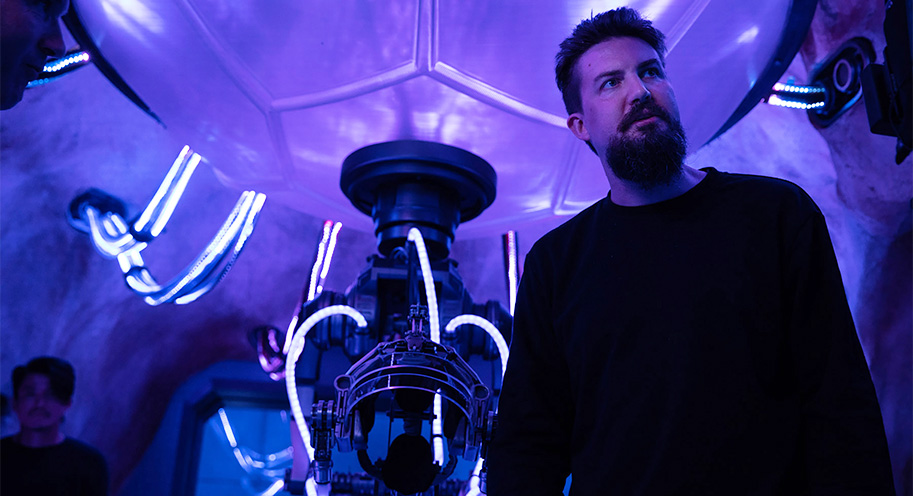
You’re in this position where you have to connect with Godzilla: King of the Monsters and the plot that came before. Besides any of the plot details, was there any specific element that you wanted to reconnect with in your vision, and was there anything that you wanted to sort of distance yourself from in your execution?
Well, you know, like I really love sequels, I think one of my favorite films like I said is Terminator 2 and Aliens. I love sequels where they can take something somebody else has done and then do their own spin on it and expand and all those kinds of things. When it came to my approach to this film coming directly after King of Monsters…I guess there's like a couple of ways I can approach that question. I mean, one is that this film is directly taking place after King of Monsters, but it's also way in the future from Skull Island, which took place in the seventies.
So for me, one of the most important things was that this feels like a legitimate sequel to those movies, that this feels like a legitimate matchup between Godzilla vs Kong, that even though Kong is a little bit different in this film, it's only because he's aged from the time of the last movie. So, he's a little more grizzled and all those kinds of things, but I guess what I'm trying to get at is that part of the problem with King Kong vs Godzilla (1962), the original movie, is that we'd already established Godzilla, he looks basically like he did in the earlier films, but this was sort of a new King Kong. This was the first Toho version of King Kong. He looks a little weird, and if I have to be honest, and he's not stop motion either, you know? He feels like a totally new character. It's a totally new interpretation. And so in a weird way, you don't feel like this is really King Kong versus Godzilla. You're like, "It's Godzilla, but this other guy is a different version of King Kong. So it's the best we got," You know? And you flash forward in time, and I look at, for instance, Batman v. Superman to use it as an example, and this is just my opinion, but my issue with that movie is really that it's a new Batman. It's Ben Affleck as Batman, and it's…and up until then Christian Bale was the definitive Batman, and so it felt like, okay, now that we're doing Batman v. Superman, we're also restarting Batman. So this feels like a different universe, which it is, and so this is a different Batman.
So, it doesn't have that kind of like, this is the ultimate match up of these characters. There's something off about it. So going into this movie I didn't want that feeling, and so, you know, normally Legendary [the production company behind the movie] would allow the directors to put their spin on Godzilla and I could've changed them. I like how Dougherty kind of updated them with the classic maple leaves on his back. But for me, it was, I wanted this to feel like the Godzilla that we've been used to for the last few movies, and I wanted Kong to feel like the Kong that we had in Skull Island so that when they fought it really felt like this was really them going at each other. So that was one of the main things going into it, and, you know, that would be one of my absolute sticking points is even though I probably would have liked to, for instance, made Godzilla's head a little bit bigger – his head's a little small, you know; that complaint is not lost on me – but at the end of the day, it's like, "This is the Godzilla that we have here, this is the “Legendary” Godzilla, and… let's see how he matches up with King Kong. Let's not try to like, change it up and do something different."
Are you approaching this as kind of the culmination of everything that's come before? Or is this the beginning of something new?
I'd love it to be the birth of something new, but I guess it just depends on just how the movie's received and all those kinds of things that are out of my hands. I know where we could go potentially with future films, but to a certain degree, like the Monster-Verse was kind of created with the idea in mind that there was going to be always a…you know, these films were leading towards Godzilla versus Kong, and so I'm kind of lucky in the sense that I was able to step in and be the guy to get the chance to do the ultimate version of these movies.
Can you talk about how you approach those big action sequences? What makes a good brawl, and how did you take the terrain into consideration?
Well, I think actually taking the train into to consideration is what makes a good brawl, you know what I mean? Because when you're facing monsters off against each other you really have to have set rules of what are the strengths and weaknesses of these monsters, and the fight has to be legitimate in that sense, and so the terrain itself is going to dictate sort of some of the memorable things you're going to be doing. For instance, like the ocean battle in the film, that was always on the outline. When I came on, there was an outline that Terry Rossio (credited on the story) had done, and that was always kind of like one of the big set pieces. And I just love that one because it just instantly dictated what you were going to do with it anyways. But also what the danger was, because obviously Kong at a severe disadvantage on the ocean, and so instead of it just being the choreography of how are they going to fight each other it's so much more fun to put these obstacles in their way and make that part of what's fun about the battle. I think it makes it more memorable because you can only have the monsters bashing into each other so many times before it just kind of all runs together in your head, but when you see King Kong punching Godzilla on an aircraft carrier in the middle of the ocean, it's like, that's an image that really jumps out and becomes sort of iconic just because of what it is, and so we tried to approach a lot of the action scenes in that kind of way – in a way that would be the most memorable and get the most out of the monsters and what their strengths and weaknesses are.
When we initially visited the set, King of the Monsters had yet to come out. Was there any discussion about possible course-correcting or switching things up after King of the Monsters came out and was there any kind of reaction either on the studio level or just for you as a filmmaker?
One of the reasons why they brought me on [to follow-up to King of Monsters] is because I am so different than Michael Dougherty as a director. He definitely leans more into the kind of horror realm, and his approach to Godzilla is really kind of scary in a lot of ways, and I think that they knew that the next film after that had to be different regardless of how it was going to be received, and I think I was kind of chosen ultimately because my take was always going to be, tonally, very fun, and, colorful and all those kinds of things, and so fortunately it didn't really affect us too much in a literal way. There wasn't like a major course correction in terms of what the film was going to be about or how we had to approach certain action scenes or any of that kind of stuff, because fortunately we were kind of already doing our own thing and it just sort of matched up with what it felt like people had kind of been wanting anyways. Obviously, I'm aware of like the…people felt like the movie was like too dark in places, or there was too many particle effects and stuff. But ultimately, that didn't totally factor in because my version was always kind of what you see right now. The ocean battle was going to be kind of this magic-hour-sunset-looking scene. I knew I always wanted…my very first image I even had of the movie was always King Kong and Godzilla fighting in a neon futuristic, synth-wave city, and so that in itself just already has lighting built into it cause that's what the whole sequence is, and so those kinds of things didn't really get affected, thankfully. But who knows what people are talking about behind the scenes, you know, at different levels [laughs].
We saw a reference to a massive Ghidorah skull while on the set, and obviously, based on the trailer, there's a lot of talk about “Mecha” things in this movie, so can you talk a little bit about where “Mecha” comes in, and the role that Ghidorah plays in the film?
Yeah, I mean, I think in a subtle way, Ghidorah kind of haunts this movie, you know, like…that's the most recent event, and even though in terms of the monster world, cause this film takes place a relatively short period afterward, but specifics is just one of those things where…I can't really talk about it too much cause I just, as much as possible, I just want people to have as pure of an experience as they can, and it's just…if you're reading about it it's just going to be less exciting than actually seeing it, so it's hard for me to really talk too much in detail about some of that stuff.
———-
Alex Garcia, Producer:
Earlier in this piece, I mentioned getting the chance to take a look at all sorts of concept art for Godzilla vs. Kong, featuring all sorts of fantastical imagery used as a basis to bring this movie to life. Being brought into a sort of conference room covered in these types of images is not uncommon on these excursions, and these rooms often act as a base of operations during our time there. It's the place to be to really feel like you're getting the best idea of how the movie may look and feel, and amidst all the illustrations and images of Godzilla and Kong clashing against neon, futuristic landscapes, producer Alex Garcia went into as much detail as he could about their vision for GvK.
Perhaps a little tired after doing some laps around the set, he was no less prepared for every question we had for him. Occasionally getting up to talk about various aspects of the movie while referencing relevant key-art on the wall, he was in full producer mode, selling us on the themes, concepts, and inspirations that brought GvK to life, and its place in the greater Monster-Verse. Below is our discussion with Garcia, filled with illuminating, albeit not spoiler-y, tidbits about the long-awaited blockbuster.
———-
Can he talk about director Adam Wingard and what he brought to the movie?
Alex Garcia: This is a big part of the Monster-Verse series that we’ve building towards, and what we’re really excited about is that not only does this represent the work that’s gone into – with [Godzilla director] Gareth Edwards and [Kong: Skull Island director] Jordan Vogt-Roberts – and the work they did developing those characters and the world they exist in and Monarch they exist in, but Adam [Wingard] has also brought a lot of ideas into the film. Visual ideas and thematic ideas – things that give the movie even more scope and conceptual fodder around that central title-bout. With each of these films we’ve tried to bring in filmmakers that first and foremost have a deep love and understanding of these characters, the DNA of the characters and the films that have come before, why they resonated so well and so long with their respective fanbases, but also who understand – or at least we feel they have a good vision for – bringing them into a current-day context that has a fresh and distinctive flair.
With Gareth, he brought a really grounded tone into re-birthing Godzilla with some cool visual ideas. With Jordan Vogt-Roberts he brought a fun aesthetic to Kong and setting him that 70s Skull Island, almost Apocalypse Now wash. And Michael Dougherty with King of the Monsters has really dug deep into that mythic past with all the Toho key characters — Mothra, Ghidorah and Rodan all make appearances. We also did a lot with Mike to really build out Monarch’s presence in the movies. We continue that in this film, and Adam was really the perfect guy in that he had a deep, deep knowledge of both Godzilla and Kong and has been a real fan of those characters since he was a little kid and has this fun dynamic visual aesthetic that he’s bringing to the world – and even to the music and the soundtrack in how he wants to approach that. It exists in the same grounded reality that we’ve tried to create with these other films, but it also has its own distinctive stylistic reason for being. And there’s a lot of ancient, primordial elements to the movie. We go into [the] Hollow Earth in the film.
Can he talk about the movie's story?
The movie opens on Skull Island, which has changed a lot in the 40-something years since we last saw it in Kong, and when the movie first opens, we are witnessing the beginning of a really massive event, a massive mission that's being undertaken to stem this global threat. The Titans are around the planet, they have largely remained dormant at the end of King of the Monsters, we see that there are many Titans in the world and Godzilla has been reinstated as the apex predator and he’s maintaining a balance. But as we come into this movie Godzilla has been acting erratically for the last few months – no one knows why. He’s been attacking certain cities, facilities. Madison Russell – who is Mille Bobby Brown’s character – is really the advocate for Godzilla in this film. She spends the film trying to vindicate Godzilla. She believes, with all her heart, that for a lot of personal and emotional reasons that there must be a reason Godzilla is doing what he’s doing. She believes that while he’s not benevolent to us, that what he wants is good for all mankind and that there must be some reason he’s doing this.
The other side of the story is that Monarch, in reacting to this global fear of the creatures, has spent a lot of time and a lot of money creating entrances into the Hollow Earth, these areas where it can be an easier entry into that eco-system. At the start of the movie, we see that first mission into the Hollow Earth, and the mission is they’re gonna take this device into the center of the Earth which will draw all the creatures slowly back to the center of the world through various openings and they’ll seal it. The hope is that will bring back a balance and that the fear, the perceived threat, will be stemmed. It goes catastrophically wrong at the beginning of the movie. We got a character, Nathan Lind (Alexander Skarsgaard), who has spearheaded this mission – mission goes completely south – the entire world is in disarray. Madison, who is aware of all this, decides to go off and find out on her own because she’s afraid of what’s going to happen to Godzilla, she goes on a fact-finding journey to dig into what she believes is a conspiracy caused by this organization called Apex. She launched off with a good friend named Josh (Julian Dennison), and they eventually intersect with Bernie (Brian Tyree Henry), who is a former, disgruntled employee of Apex. The three of them become this funny trio trying to uncover the mystery at the center of Apex.
How do Kong and Godzilla come into conflict?
A second mission is commissioned to go into the Hollow Earth…but it’s a much more dangerous journey. Nathan, who at first is resistant, is eventually, through some very emotional means, convinced to go. He’s told they have new crafts [Garcia proceeds to show concept art for vehicles, HEAVS, actually built for the film meant for traveling into the Hollow Earth] for this journey into the Hollow Earth through this different portal. But Nathan only agrees to go if they take Kong with them. The belief is that if they have a creature they believe came from Hollow Earth, and who will have some kinship with some of the things they may find in it, they may have a better chance to survive. So, they take Kong off Skull Island, start making the journey toward Antarctica, and eventually intersect with Godzilla who we start to realize has been acting the way he’s been acting is because he is trying to stem any other threats to the balance he maintains. Kong obviously hasn’t been off Skull Island for a long time, the fact that he’s off is causing a disruption to the balance. There’s a massive action sequence – which was one of the first things Adam pitched to us; it’s really a phenomenal sequence – where Godzilla attacks the fleet…and there is a massive battle with Godzilla taking out the ships. He’s like a shark in the water approaching Kong, and they have a massive face-off in the water.
What is the role of the new, massive organization, Apex Industries?
Apex is essentially a megalithic technological conglomerate – think like the extreme version of an Amazon or an Apple – and [Brown, Dennison and Henry] are trying to infiltrate this organization and figure out what it is that they are doing because Madison believes that that is actually the thing that is causing Godzilla to act irrationally. Apex, who have largely – and there’s a line in the movie where Simmons (Demian Bichir), who is the CEO of Apex, says he made his fortune “rebuilding a world torn limb-by-limb by monsters.” He’s made this incredible company by rebuilding and helping mankind come up with safeguards against the creatures and ways to defend against the creatures. But they [the trio] believe there’s something else going on.
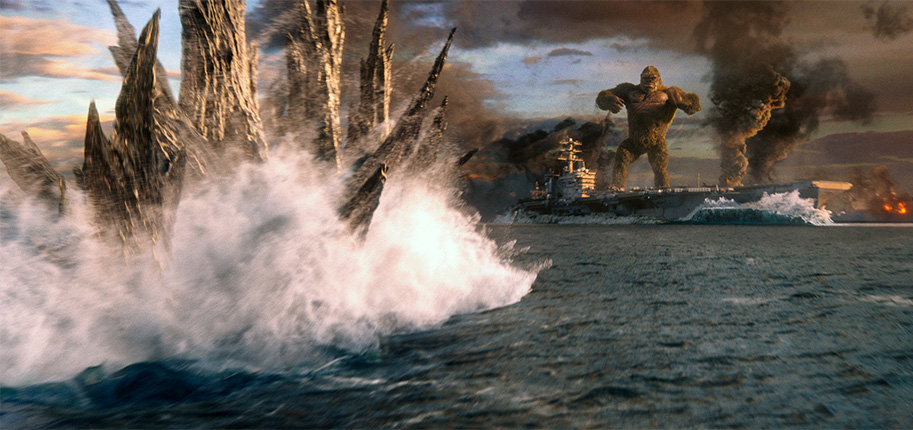
Are there more creatures besides Kong and Godzilla in the movie?
There are a lot of creatures in the film. Hollow Earth is a big environment and those are indicative, but that’s a very rich, varied ecosystem. There’s a line in the script that “Skull Island is like Hollow Earth come to the surface.” So, think of Skull Island and the different terrains and variations, and Hollow Earth is ten times that. There are other creatures, and you kind of have to see King of the Monsters to see where they end up, but there a lot of other monsters in the movie. There are some new creatures in the movie.
Were there steps taken to portray both Kong and Godzilla as heroic, or is one of them the clear antagonist?
I think they are…it depends on how you’re looking at them. They’re both characters who are fighting for something that is distinct to them, and those things happen to sometimes be what’s good for us, but they don’t always align. Neither is inherently evil, but they also aren’t inherently good, right? And I think that’s where the complexity of mankind and our relation to them really comes into play. Neither is an antagonist, per se, but there is a complexity. This is the first time Kong leave Skull Island – in our mythology – and there’s a lot that comes with that. He’s now just coming to terms with this new reality and what does that mean. Similarly, Godzilla is frantically trying to defend his own power structure, and not necessarily because he’s a tyrant or something, but he is trying to maintain a bigger balance that he feels is under threat, and he sees Kong as potentially one of those threats.
What is the fighting structure like between Kong and Godzilla?
Kong is bigger in this film, there’s a line in Skull Island that he’s still growing, so he’s an adolescent in that film. Where we begin 40-something years later he is significantly larger, but he’s still the Kong you know. He has a few tricks up his sleeve, just by virtue of being around in a modern world and things that he can use and use tactically that Godzilla can’t. But he doesn’t breathe fire or do anything we haven’t seen him do before. And obviously, Godzilla is as powerful as we’ve ever seen him, so he [Kong] has the odds stacked against him.
Is there any past conflict between the two?
There are some ancient histories and discoveries in the Hollow Earth…there is a deeper backstory to the characters.
What is the world like after the destruction in King of the Monsters?
We are coming into the world where the genie is out of the bottle with the creatures. Mankind is aware that this is a new reality. They’re not being hidden anymore – everybody knows. And there is an uneasy existence. We push forward several years and there’s been a lot of rebuilding. Godzilla establishes the balance at the end of that film – obviously, a balance existed before – so we’re back into that place of balance but there are creatures that are on the surface. They aren’t roaming around destroying things, but they do exist. There are occasional landings and issues – there are occasional bouts of destruction — and we have Apex having reacted to that and come online the way companies do – filling a need. There are systems and warnings and stuff in place, but life goes on as it does. But it’s a new reality we are contending with.
Was the idea for the Hollow Earth something that was already incorporated, or was it something Adam Wingard brought into the mix?
When Adam came on we had an idea for where wanted to go with the movie, we had a really early treatment, if you will, about what the movie could be, but a lot of heavy lifting was done with Adam. So while elements of that are still what the initial story was and is still there, Adam came in right at the moment where we could say “Okay, we’re making this movie here’s what we’re thinking,” and he was really able to come in and take some of these elements further. We had loosely talked about the idea of this corporation and of Hollow Earth, but there’s also a through-line about conspiracy theories, and it [the story] plays with those ideas and why we come up with those things and the reactions to dangers and things we’re afraid of. We come up with all these things to often help to mask and help to process those things – and that’s something Adam’s really interested in. So that is seeded in through all of this and it really took the movie further.
What does the future hold for the franchise?
We have a sort of franchise team in the company [Legendary] that we’ve really worked hard with to build out this world in a way that is…all the mythologies are woven together and that there is a greater mythology that will allow us to continue forward where we can have stories continuing and an escalation of where that mythology leads, even beyond this film. However, we really have taken it one by one by one. Obviously, we’re here talking about this before King of the Monsters has come out, and we feel really great about where that film has ended up, and that film provided a lot of doors to play in some of these areas in this film, and this film does that as well and gives us options going forward. But we’re squarely focused on this and then we’ll look to the future.
For More details and interviews from our set visit, Click Below!
50 THINGS WE LEARNED FROM THE SET OF GODZILLA VS KONG
INTERVIEW WITH MILLIE BOBBY BROWN, BRYAN TYREE HENRY & MORE!
———-
GODZILLA VS. KONG opens on March 31 in the US both in theaters and on HBO Max for 31 days following release.
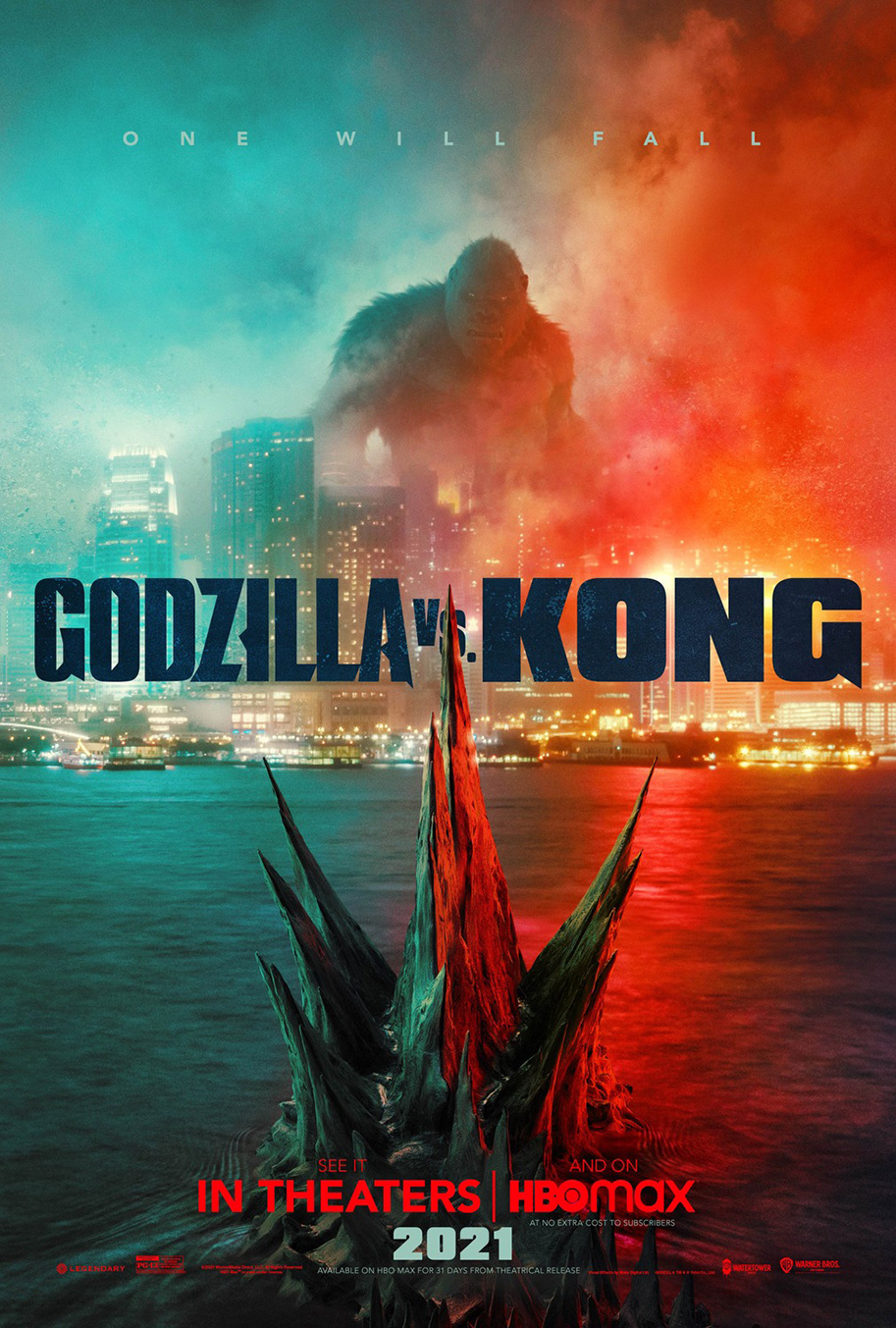


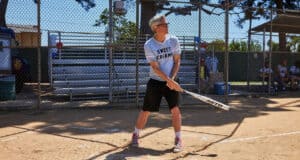
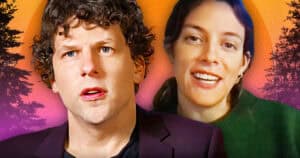

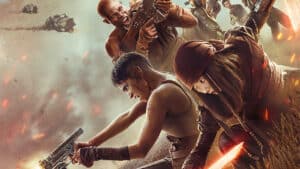
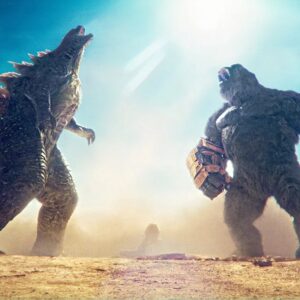
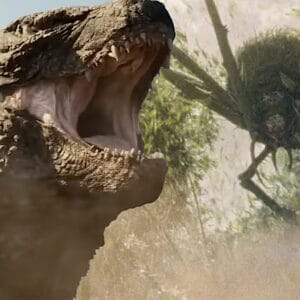
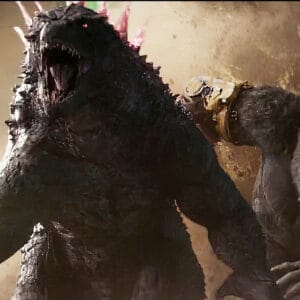
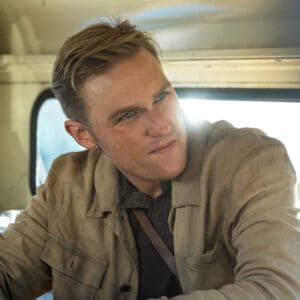
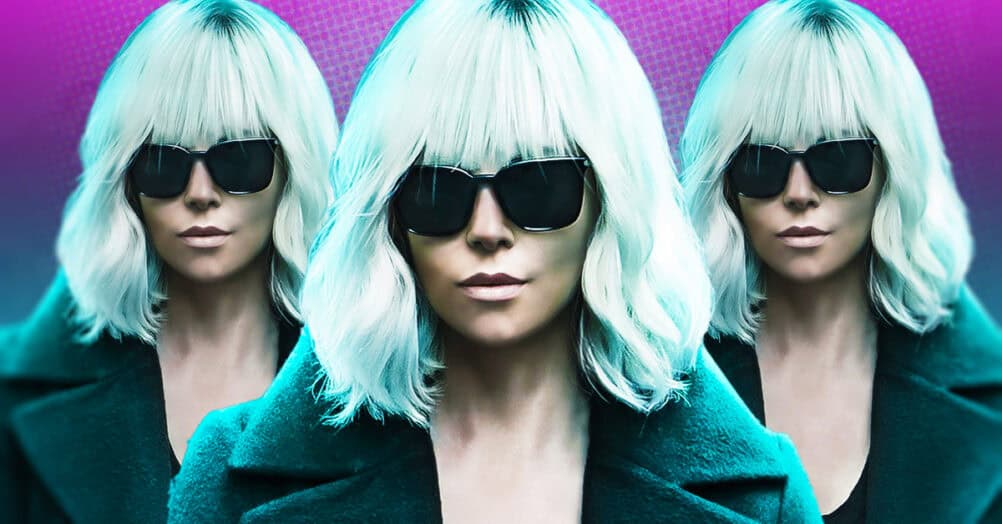
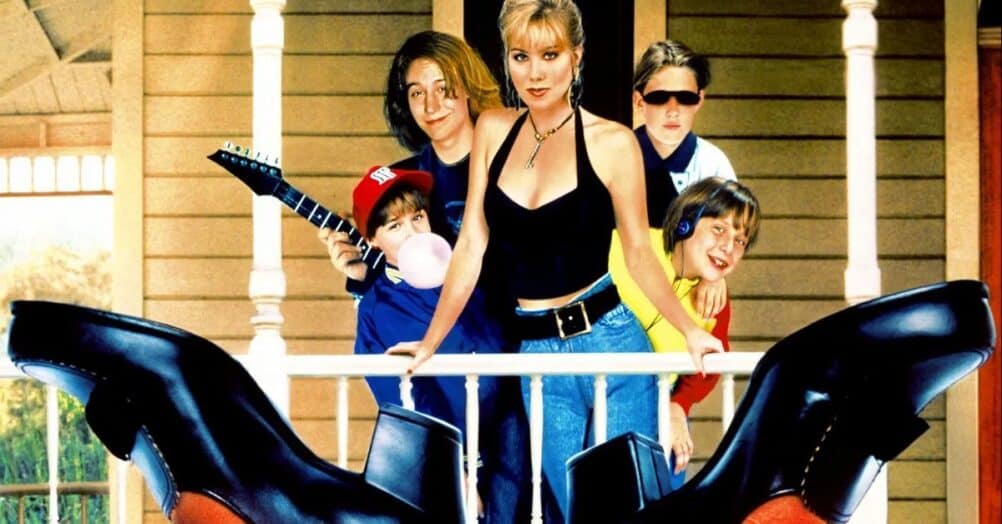
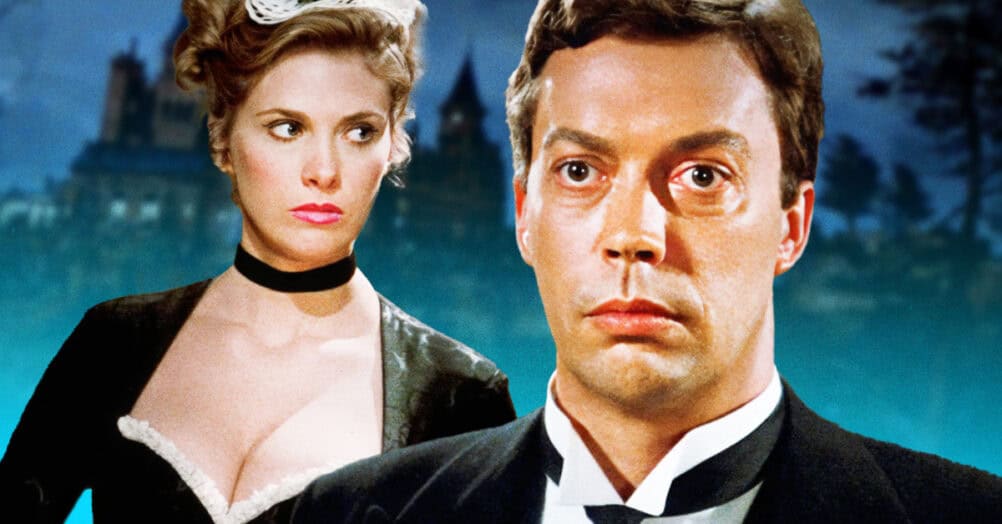
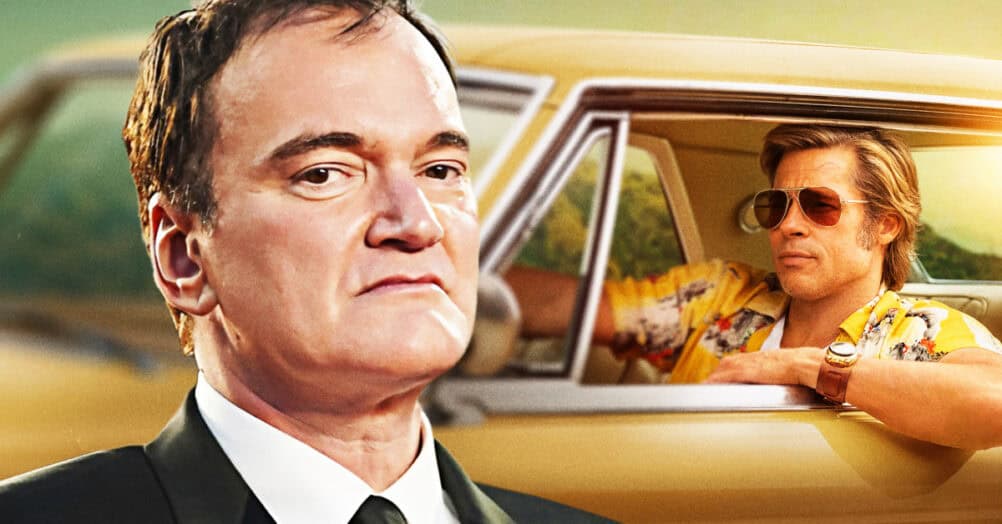
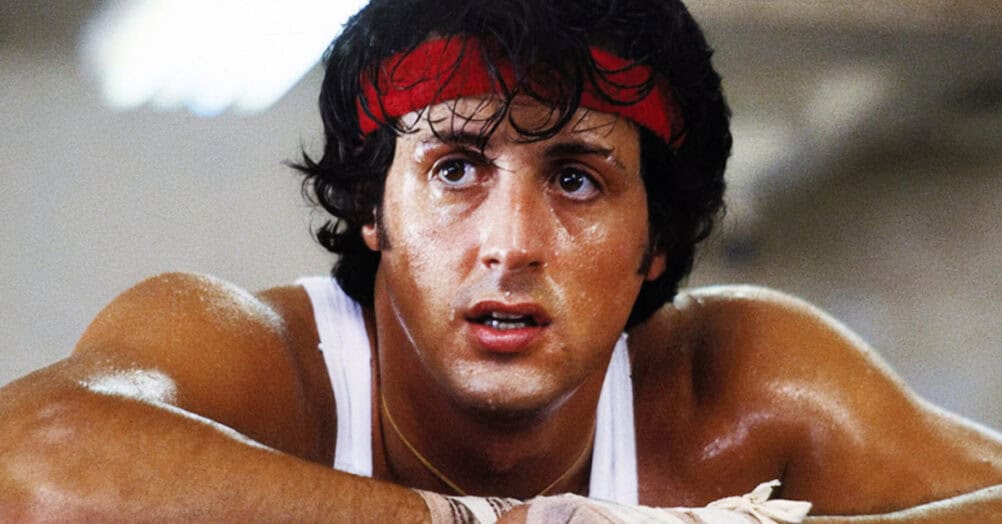

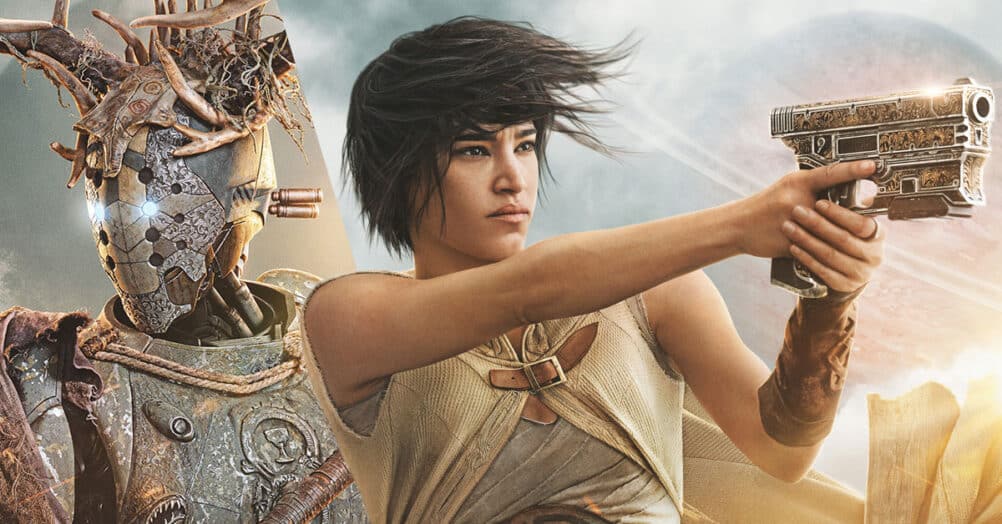
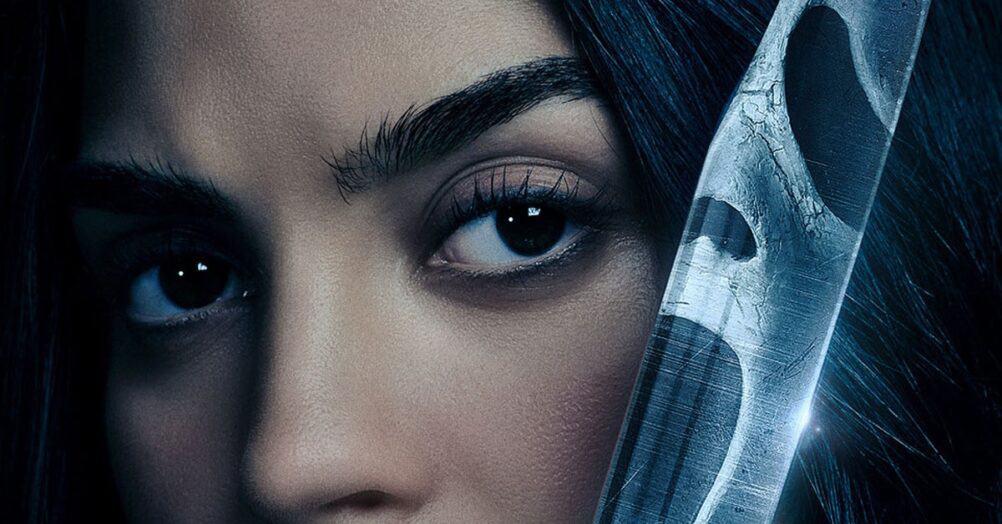
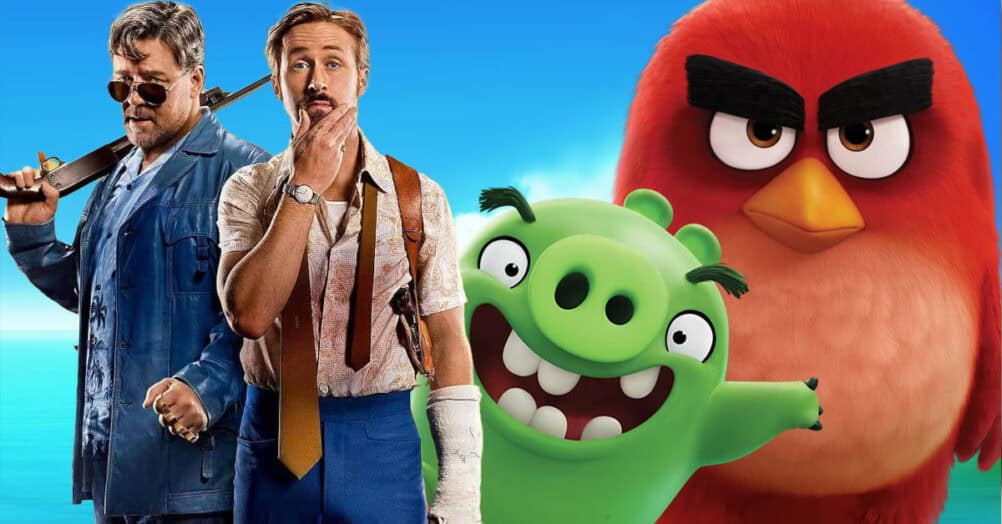
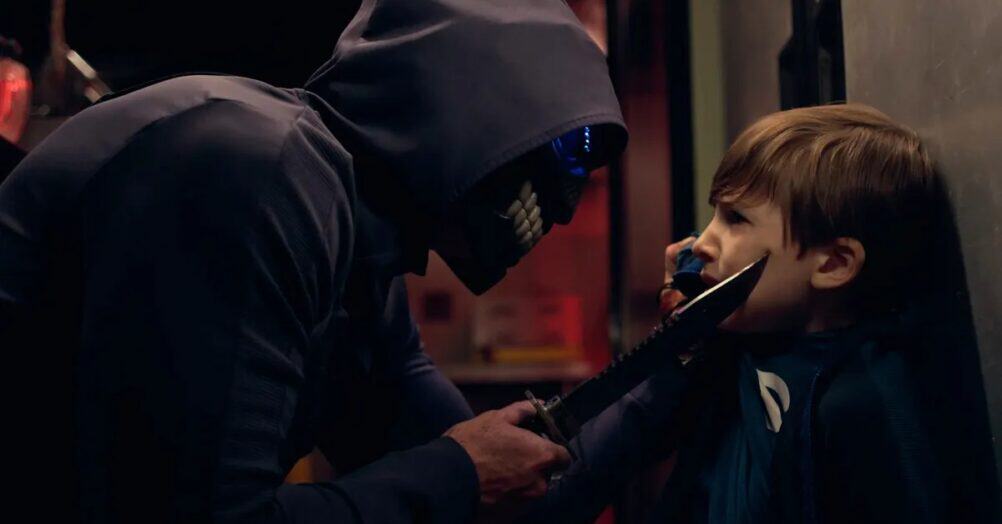
Follow the JOBLO MOVIE NETWORK
Follow us on YOUTUBE
Follow ARROW IN THE HEAD
Follow AITH on YOUTUBE